By Sean Fagan
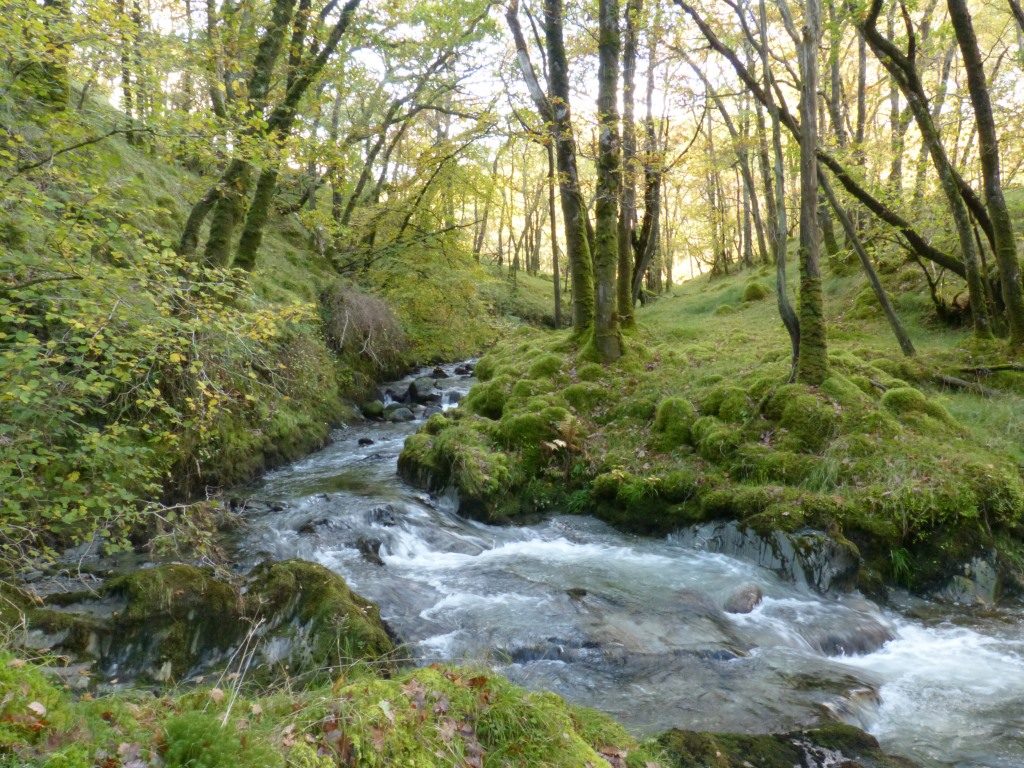
7 Reasons to move quietly and invisibly through a landscape…
Introduction
Definition of stalking: pursue or approach stealthily.
Stalking is a very ancient skill - one that has been used by prehistoric humans since they first evolved - but humans are obviously not the only species that stalk.
Many predatory animals stalk in order to catch their next meal. Whether it's a praying mantis stalking a butterfly or a leopard slinking along the ground to get closer to an antelope - stalking is very much synonymous with life on earth.
I believe that stalking is often shelved away as an obsolete skill-set for many bushcrafters. It's almost as if stalking is seen as an optional but unnecessary for many within the bushcraft community.
Of course, it's very much up to the individual to decide what's necessary as regards which bushcraft skills we want to acquire, and hopefully master.
Without argument - core bushcraft skills such as fire-craft, water purification, shelter making, knife & axe skills will always be fundamental cornerstones of bushcraft, and rightly so, but it is still my strong belief that stalking has its place too.
And that is the aim of this blog post - to put forward 7 good reasons to learn stalking.
To be honest - I strongly believe stalking is not only a fun and challenging activity but in certain contexts, a very valuable skill. It's a skill I'll always treasure.
7 Reasons to Learn the Art & Skill of Stalking
- WILDLIFE OBSERVATION
"Look deep into nature and you will understand everything better"
Albert Einstein
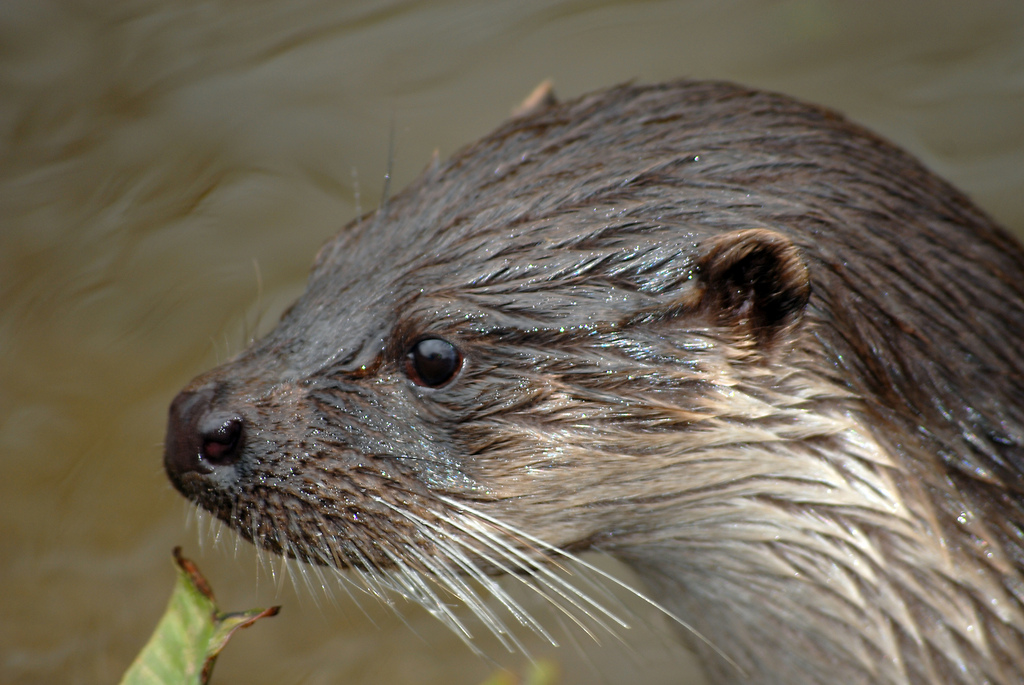
A hugely important part of bushcraft for most, if not all - is to become closer to nature - and one tremendously appealing part of getting closer to nature are wildlife encounters.
However, the biggest issue with observing wild animals is that many wild animals are wary and elusive - but this is where stalking comes into its own.
I'll be honest though - becoming good at stalking wild animals takes quite a lot of practice. It requires a lot of trial and error - and the more wary the animal the harder it is to stalk - but the rewards can be amazing.
It’s a great feeling to be able to get close to animals - to observe their behaviour, undetected. With good stalking skills one can get to know animals so much better.
2. AVOIDING DANGEROUS ANIMALS
"We have more to learn from animals than animals have to learn from us"
Anthony Douglas Williams
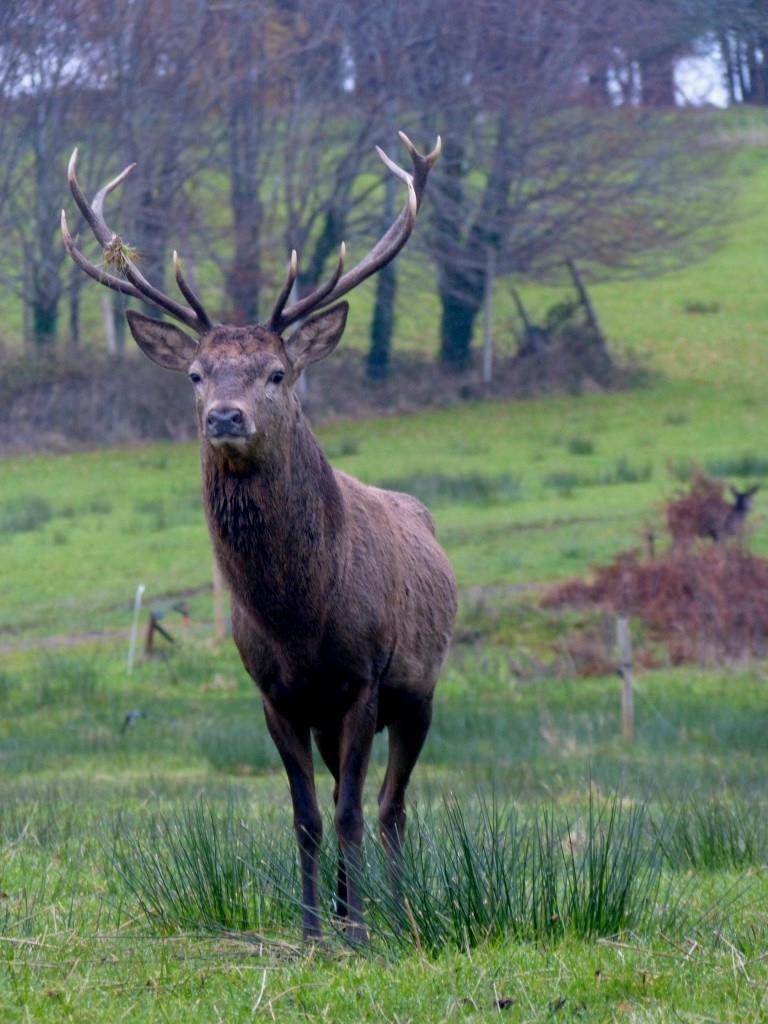
Just as stalking can enable the bushcrafter to get closer to animals - stalking can also enable the individual to get further away, undetected, from dangerous animals.
There have been quite a few times when I used my stalking skills to avoid dangerous animals....such as black bears in Canada and feral dogs in Portugal and Morocco. In those circumstances I was glad to slink away into safety.
Like any good training, I was able to stalk my way out of harms way, without over-thinking. This was the result of learning good stalking skills.
Good stalking skills requires training our senses to become more attuned to the external environment. We are able to detect anomalies sooner - and when it's a potentially dangerous animal - that extra sliver of time can give us options.
Once, on an amble through the northern woods of Ontario, Canada, I came across a large black bear sitting contently under a Saskatoon bush, eating berries. I was about 5 metres away from the bear.
Thankfully, the bear was oblivious to my presence.
Gradually, I stalked backwards from the bear – and both myself and the bear went about our business.
3. A MORE MINDFUL CONNECTION TO NATURE
"Adopt the pace of nature, her secret is patience"
Ralph Eldho Emerson

Stalking, when practised with the right attitude and focus can be a very mindful and relaxing activity – certainly an activity that can deepen our connection with nature.
The reality is, successful stalking requires us to be both relaxed and attuned. Our sense of vision, smell and hearing becomes primed for the slightest input - but this alert, attuned state of mind requires us to be relaxed, patient and most crucially, to slow down...and I mean really slow down (to the point of often pausing for lengthy periods of time).
When absorbed in slowly stalking an animal - we notice so much more around us...the faintest change of wind direction, the slight rustle of a falling leaf, the rising dawn sun - all will be detected sooner and all will pop with more brilliance and poignancy.
4. GREAT EXERCISE
Stalking requires a lot of slow movement and pausing - with the body often in a slightly crouched position with slightly bent legs. Trying to negotiate through challenging terrain while stalking a wild animal in a crouched position greatly improves the strength and endurance of our leg and core muscles.
For the more ambitious stalker, stalking can also include crawling and even climbing…both great exercises for improving upper body strength.
5. USE STALKING TO IMPROVE YOUR TRACKING
"Through tracking, we can find coyote fortresses, learn the language of the forest, and become intimate with an animal's life".
Paul Rezendes
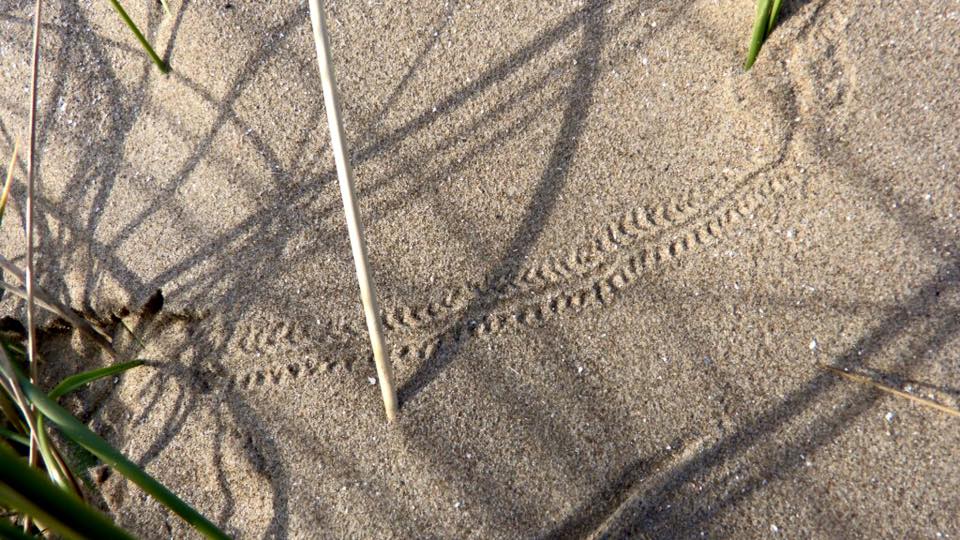
An essential part of tracking, most of the time, is to move slowly...very slowly – so all the subtle signs of an animal’s passage and activities in an area can be more readily detected and interpreted.
A simple but greatly enjoyable challenge is to track quietly – like you are stalking a live animal at the end of the tracks you are following.
Not only will this simple practice improve your tracking by forcing you to move more slowly but it will also make you more attuned to your surroundings.
By making an effort to track quietly we are forced to slow down and often pause...and this sustained, slowing down will improve our observational skills - and keen observational skills is the foundation to good stalking and tracking (and bushcraft).
6. AVOIDING DANGEROUS ENCOUNTERS WITH HUMANS
"We commonly say in the trade that the most dangerous animal in a zoo is man"
Yann Martel
Let’s face it – adventures in some of the more remote places of the earth bring with them a slew of risks - not least among them, the potential for harmful human encounters.
Stalking attunes the individual to his or her surroundings more acutely – and can enable an individual to quietly leave an area where danger may be present.
Let's be clear though - stalking is not a skillset that will magically get you out of trouble – but it can give you an edge in certain circumstances to remove yourself from danger.
I have used stalking to avoid other people a number of times. It's always good to have options when coming across other people in far-flung, wild places.
I don't want to come across as scaremongering on this issue, as it's a grey area - but there have been more than a few times I was glad of being able to remove myself from an area, undetected, because people were nearby.
7. HUNTING
"Immerse yourself in the outdoor experience, it will cleanse your soul and make you a better person"
Fred Bear
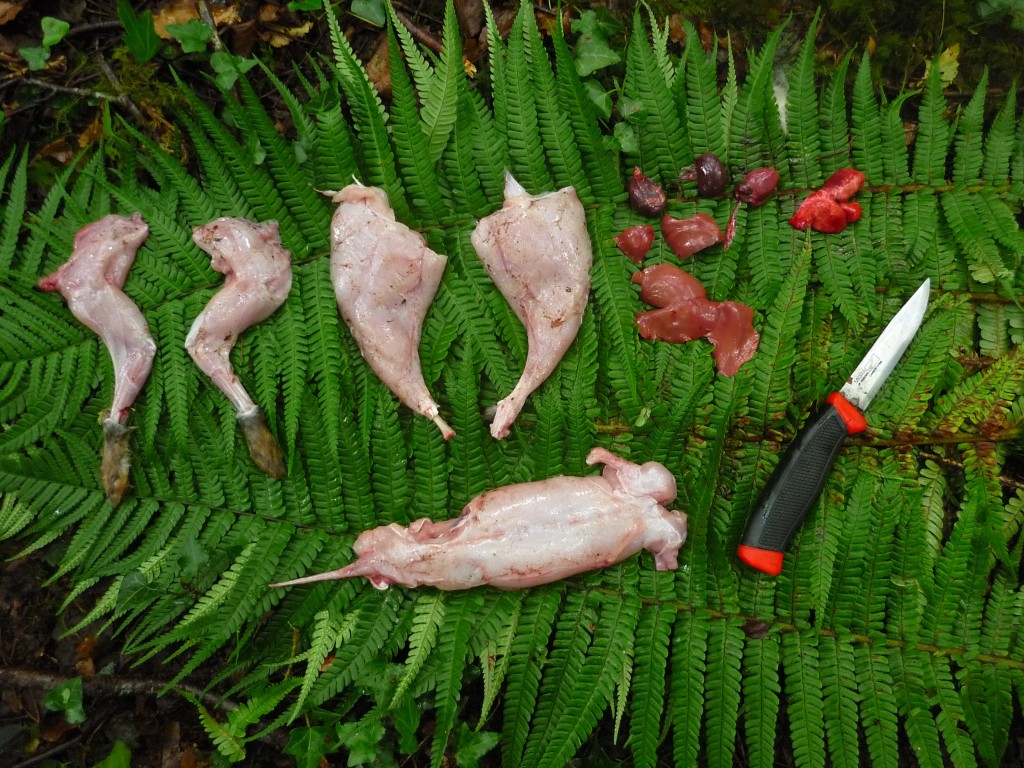
With humans, stalking has its origins in hunting. Although I don't condone the wasteful killing of wild animals, stalking can give us a viable skill-set that can be used in a survival scenario.
It can be a harsh reality of survival but stalking and hunting wild animals might be the most viable means of acquiring essential calories to keep going.
By practising stalking in our spare time we are improving a skill set that might prove fruitful in a potential survival situation...
...and it’s always a good idea to have a broad range of skills and knowledge for the outdoors.
Related articles on this website:
- Looking Past the Obvious...(tracking article).
- 6 Tips on How to Avoid Violent Encounters in the Wild
- Seeking the Perfect Sit Spot...(outdoor awareness skills)

Recent Comments